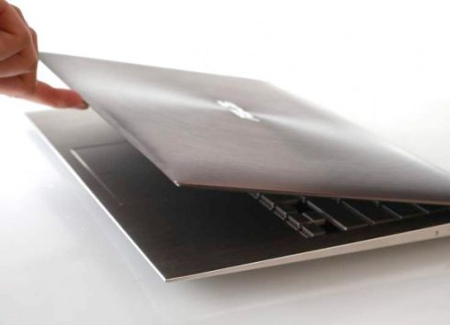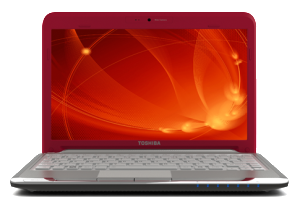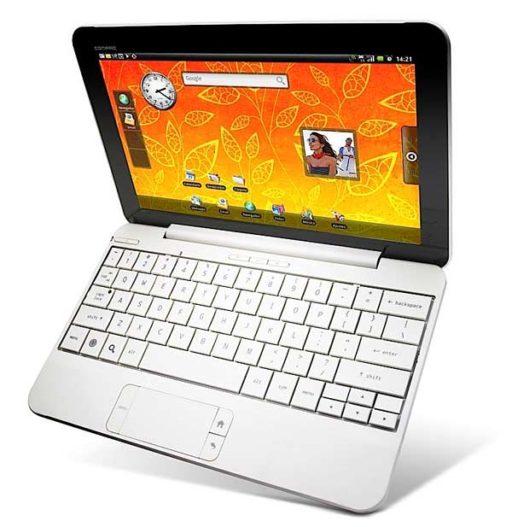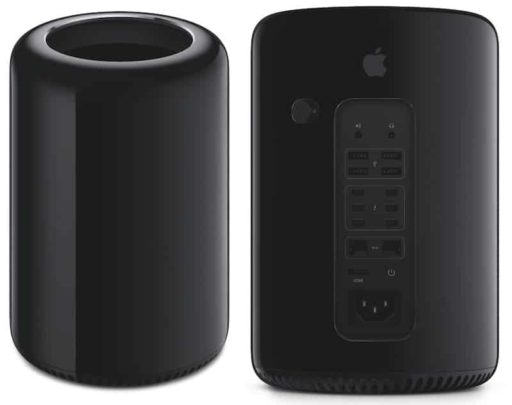Intel has announced more details on their Ultrabook devices, which will be rolled out in three separate phases and both Thunderbolt and USB 3.0 technology will be key features in Ultrabook computers, which include some of the biggest advances to mobile computing in many years. Originally developed under the code name Light Peak, Intel developed the new system in partnership with Apple and the system is able to transmit information so much more quickly because instead of relaying data through an intermediary like the older USB 2.0 system, it can speak directly to a computer’s central processing unit and memory………………
Ultrabook devices will be rolled out in roughly three phases with both USB 3.0 and Thunderbolt technologies as key features, according to an Intel blog item posted Thursday. Intel and PC makers are staking a big part of their laptop and hybrid device future on Ultrabooks. Ultrabooks may in fact radically alter laptop computing. Look no further than the MacBook Air. Apple‘s newest iteration of the Air is probably the best example of the future of laptop computing. It’s remarkably thin (less than 0.8 inches) and light (less than 3 pounds), yet powerful. The Ultrabook, on the other hand, is really about PC makers: companies like Asus, Dell, Sony and Hewlett-Packard. Asus is already on the record with two Ultrabooks due this fall: the UX21 and UX31, while HP is rumored to have Ultrabooks in the works. And eventually what an Ultrabook becomes is anybody’s guess. “Eventually you’ll think of an Ultrabook as a tablet when you want it, a PC when you need it,” Intel said. Other attributes include “ultra-fast start up” based on Intel’s Rapid Start Technology, which boots up a system almost instantly from a deep sleep and extended battery life: Ultrabooks will offer 5 hours of battery life even in the sleekest form factors with some systems delivering 8 hours or more for all-day usage. The Ultrabook‘s three phases, according to Intel:
- Phase 1: This was kicked off when Intel introduced its latest Ultra-Low Voltage 2nd Generation Intel Core processors in June that will bring new systems to shelves this holiday season.
- Phase 2: Centers around the next generation of Intel micro-architecture, code-named Ivy Bridge, with processors scheduled for availability in systems in the first half of 2012. Faster I/O such as USB 3.0 and Thunderbolt technologies are also part of Intel’s ongoing work to drive the PC platform forward.
- Phase 3: 2013 Intel micro-architecture dubbed Haswell. Accelerating the Ultrabook and reinventing the capabilities of the laptop in sleek systems.
[ttjad keyword=”laptop-asus”]




